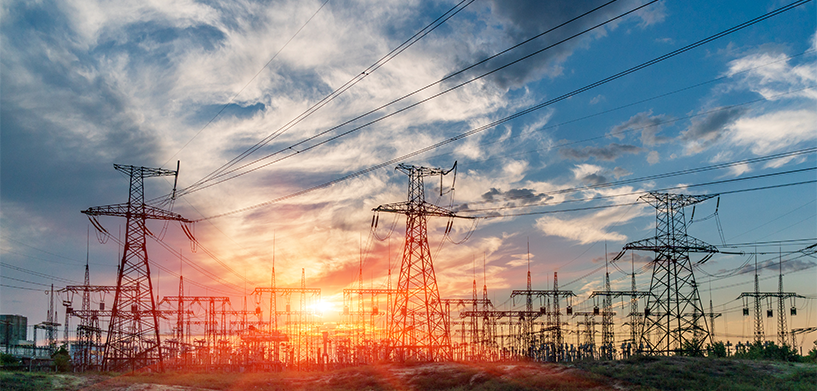When it comes to utilities and communications networks, traditional models are no longer enough. In recent years, the way in which infrastructure is visualized and analyzed has evolved rapidly, thanks to digital twin technology.
A digital twin – a digital representation, system of record of a network model, topology, associated assets and surrounding environment – can be used to simulate and anticipate behaviors (e.g., which customers will be impacted if a particular asset fails), which has significant impacts on reliability, customer satisfaction and cost savings.
“A digital twin helps prevent major impacts by anticipating complex behaviors,” said Jean-François Allard, director EMEA utilities and communications for Hexagon’s Safety, Infrastructure & Geospatial division. “For example, in a meshed electric network, the failure of one transformer station can start a cascading effect leading to the failure of all the other transformer stations. A digital twin can perfectly simulate this behavior and helps to implement preventive actions.”
He continued, “It helps to plan (where and when), design (which material) and maintain (preventive and corrective) a network. Furthermore, a good digital twin also simulates interactions with the surrounding environment. This means that it can also prevent wrong behaviors due to changes in the environment.”
Components of a complete digital twin
Data capture
LiDAR, GNSS and GPS technology power devices that can capture and convert real-world assets into digital representations of themselves. These devices are easy to use and require no specific technical expertise. It is possible to create a digital representation that is accurate to within 1 centimeter of a real-world counterpart.
Asset management
Once the physical world has been converted into a digital model, that data can be fed into intelligent utility GIS solutions and the model and its digital assets viewed and treated as their real-world equivalents with their own behaviors and interactions with their environments.
This enables, for example, a water utility to simulate the impact of a leak or an electric utility to simulate the effects of a power outage. Utilities can identify the need to extend or enhance an existing network, develop intervention strategies and plan preventive maintenance. When these solutions are also available in the field, an integration framework can be used to enable 3D and augmented reality in which the digital twin can interact directly with the real world.
Analytics and incident management
Cloud-based geospatial platforms that allow the creation of geospatial apps and next-generation dispatch technology allow utilities to integrate real-time alerts coming from the field, from IoT sensors, field crews of customers, etc., and send appropriate teams to the field in a timely manner.
The greatest value resides in the capacity of these solutions to collect all alerts to anticipate needed maintenance and predict potential failures in the network. Advanced technology enables complex geospatial analyses by integrating real-time, historical and external data.
Collaboration
Utilities do not function alone. Their networks work beside many other assets. That means a single digital twin is not as effective without collaboration with other organizations active in the same area. Cloud-native, real-time incident center as a service technology allows these organizations to share data and alerts. For example, an electric utility can automatically generate alerts for law enforcement, emergency management and other utilities in the case of a substation fire.
Learn more
Learn more about HxGN NetWorks, Hexagon’s portfolio of solutions that help companies perform and transform their planning and operations.
















